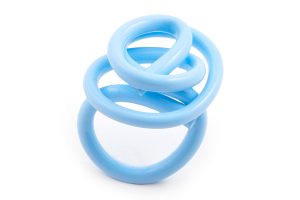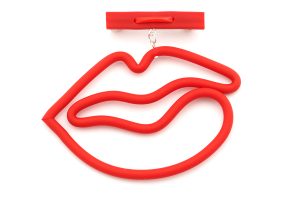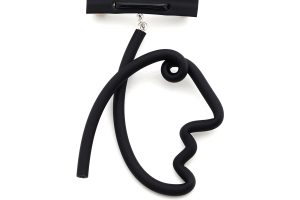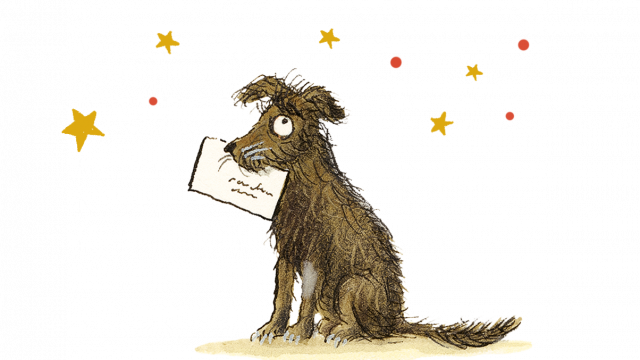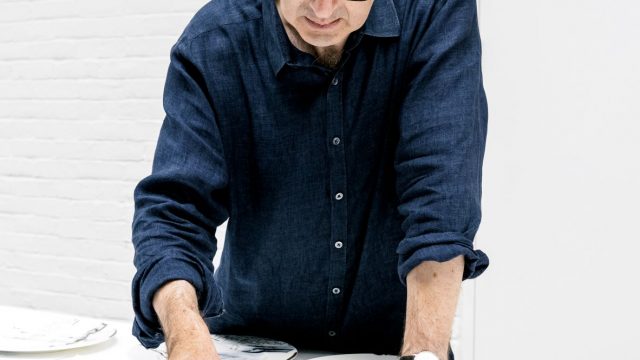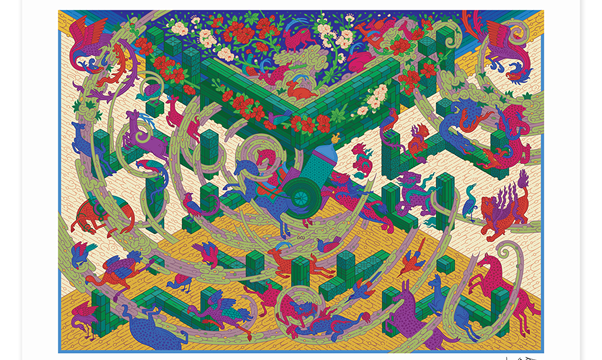Delve into the colourful world of Parisian jeweller, Samuel Coraux, whose abstract, twisted forms and divergent use of materials were conceived following a near-fatal accident.
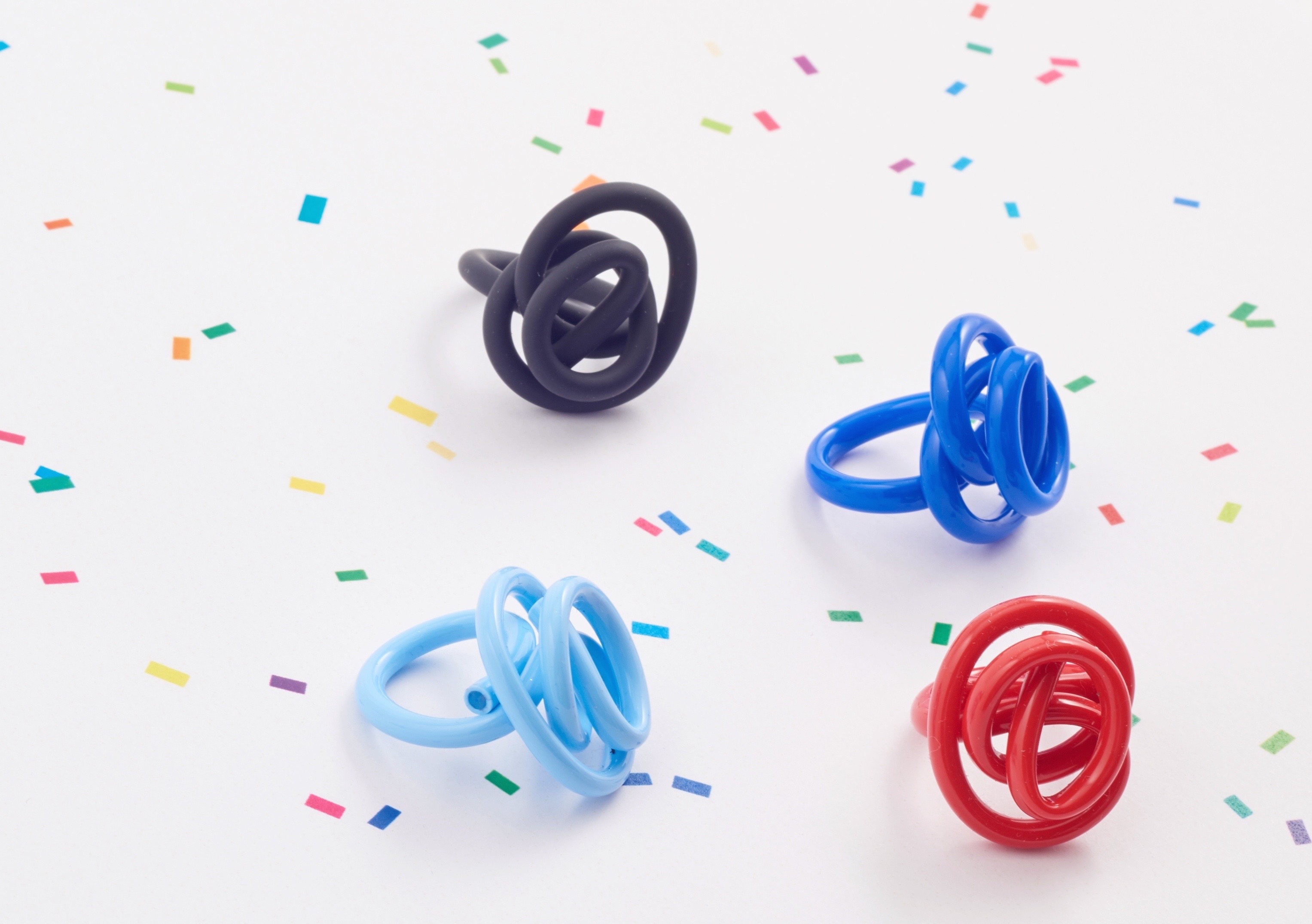
Tell us… What makes your brand different?
Jewellery has to be dynamic, attractive and surprising but at the same time simple and immediate. My work is about controlled eccentricity; I want to create drama in the wearer’s life.
And tell us a little bit about your work process.
It’s irrational but I work in a state of emergency; I need to feel under pressure. For me, creativity isn’t cerebral but involves my entire body. Once my brain has switched off, my hands can get to work.
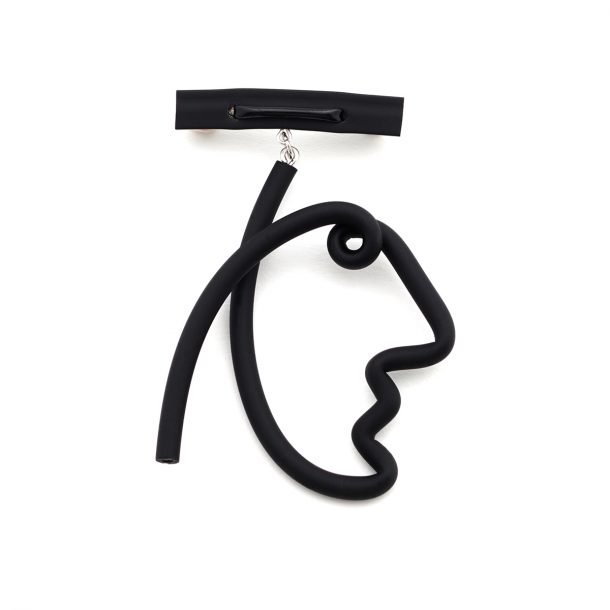
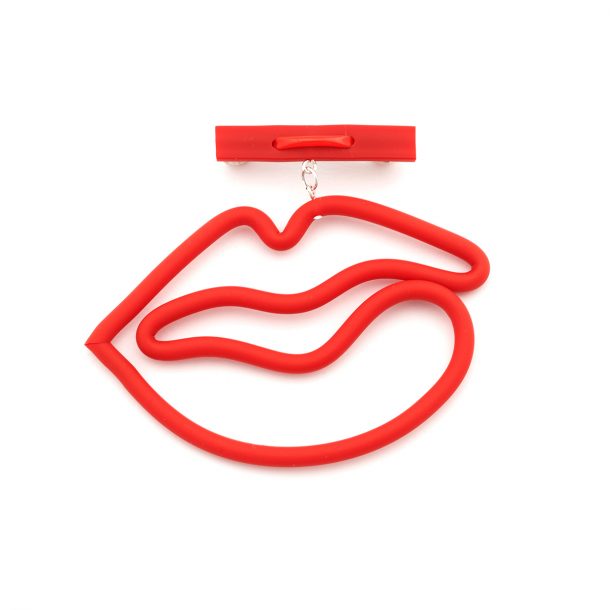
Who inspires you?
People are always important in my creative process. My studio is next door to the Picasso Museum and I’m constantly meeting people from across the world. They encourage me to push the creative boundaries.
Was there a life-changing moment that inspired you to become a designer?
You could say I became a designer ‘by accident’ – I was driving through Normandy one Sunday morning and lost control of my car. Somehow I survived but I ended up in hospital for four months unable to move. I had a box of beads that I’d bought in a flea market and some old electricity wires so I started making necklaces. Within a year, I’d established myself as a jewellery designer with my work appearing on trade show posters.
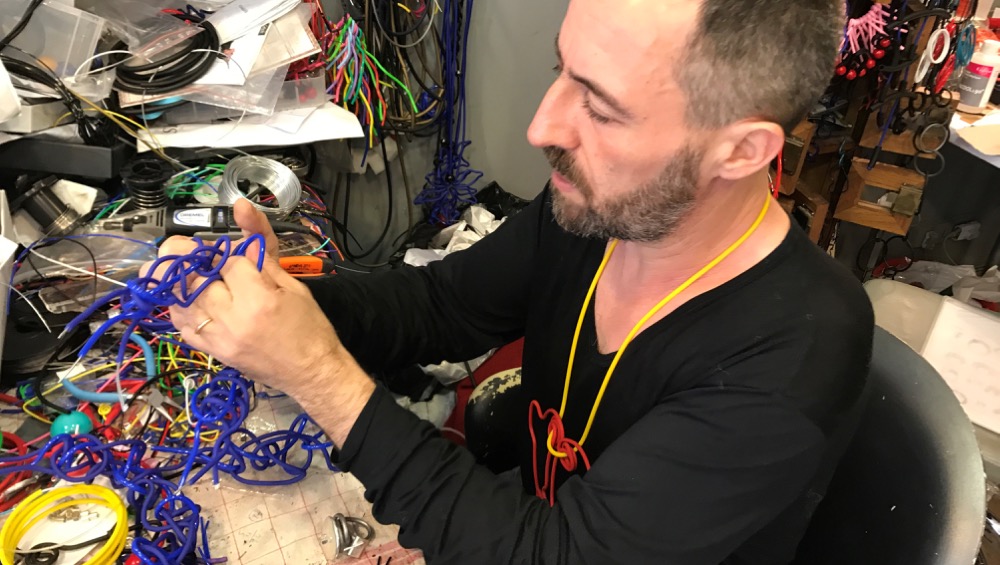
Rubber and blow-up glass are central to your work. Tell us more about your relationship with these materials.
I like plastic and blow-up glass because of their colour, strength and lightness. The possibilities are endless. I like the juxtaposition of materials too – one is fragile and rooted in the past while the other is contemporary, flexible and widely available.
How has your practice changed or evolved since you started making jewellery?
At the very beginning I was unconscious. I had visions of colours and materials and I had a sense that my work would deal with contrasts and oppositions, however, I didn’t know how to implement these. First I discovered calligraphy then I found Murano glass and rubber; these became the basis for my craft. After that, I just had to practise and improve.
I think the difference now is that I’m more confident. The challenge is to keep surprising and innovating whilst being true to my vision.
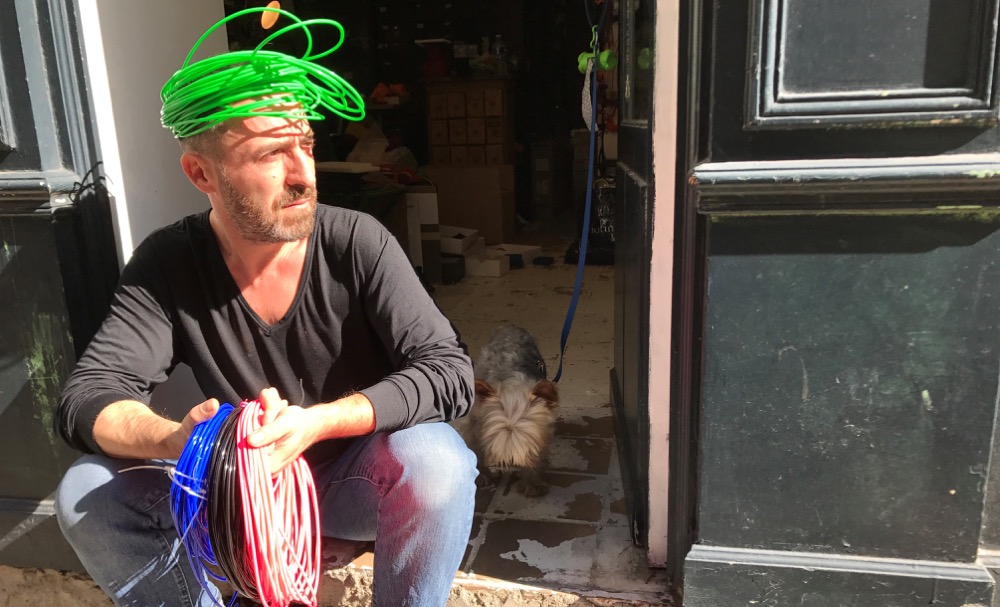
And lastly… tell us something you love about the V&A.
I lived in London during my early-twenties and it was a really intense time. One afternoon, a friend brought me to the V&A to unwind and what I remember were the sculptures – Michelangelo’s David looked exactly like the original David in Florence, while Trajan’s Column had been cut in two but was a perfect replica of the Roman original. In that moment, I felt simultaneously happy, excited and peaceful.
